
Claudia Hajdas, a resident of Bridgeport, said the Chicago Transit Authority board needs more input from the community before making decisions.
“I need to go shopping,” said Hajdas. “I need to go to church. I need to go to the hospital. I have to ask others to get around. I would like to have my independence instead of depending on relatives and friends.”
The CTA board voted Wednesday to extend permanently Bus Route number 35 from Cicero to Kedzie.
While neighborhoods west of 31st have been integrated into the main bus route, other neighborhoods east of 31st, like Bronzeville, Bridgeport and Chinatown, still have limited access, angering some residents who showed up Wednesday to lobby CTA against leaving them out.
After a year-long survey, Michael Connelly, CTA vice president of service planning and scheduling, expressed doubt that “the east side of 31st would draw enough ridership to justify the cost,”estimated at $1.3 million.
The survey conducted through the Chicago Metropolitan Agency for Planning projected average riders in the teens, while CTA protocol requires around 54 average riders to justify the costs of the transit.
Connelly argued that the route be extended during the summer on weekends to accommodate residents wanting to visit the beach, but residents in the communities said the addition of a bus during the summer misses the larger issue.

“I’d like to have my independence,” said 64-year-old Claudia Hajdas, who lives on 32nd street.
Hajdas, a member of the Bridgeport Alliance, has severe asthma and routinely needs to rely on friends to pick her up to get to places like church, the hospital, or the grocery store. “You haven’t heard all our stories. You need more input from our community,” Hajdas said, echoing the vocal crowd during the meeting.
With easier access to a bus (the closest stop is nearly a mile away at Halstead), Hajdas could use the bus for all of her needs.
One local member of the religious community echoed her concerns.
“It’s a matter of economic and racial justice,” said the Rev. Tom Gaulke, pastor at First Lutheran Church of the Trinity in Bridgeport. Gaulke was one of about 30 citizens representing the Bridgeport Alliance at the meeting.
The Bridgeport Alliance rented a bus to attend the meeting yesterday because public transportation wasn’t available, Gaulke said.
Gaulke called the survey results “infuriating,” citing issues with its measuring techniques.
Gaulke said the study was only conducted in English and Spanish, a format that automatically excluded other languages. But, more significantly, the survey only measured people who ride public transit, thus ignoring the population who don’t have access to these public transit options, he said.
Connelly acknowledged the survey was limited.
“We surveyed people riding the train and buses about their origin and destination routes,” Connelly said.
CTA board member Irvine said the issue was not closed. “This is not an either/or. I don’t see this as an end…We’re not closing the door.

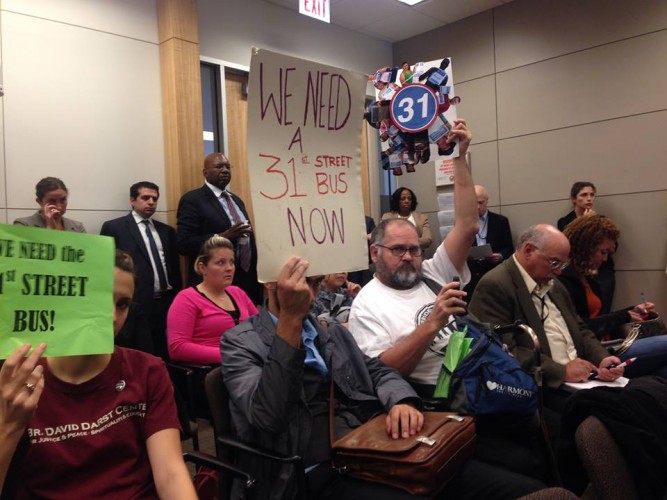


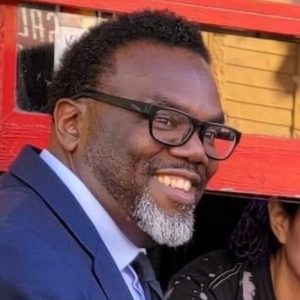



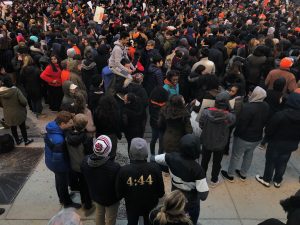
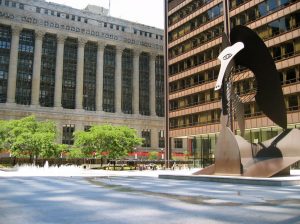

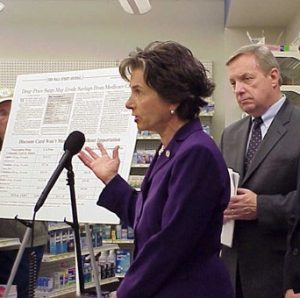
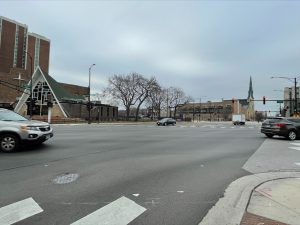


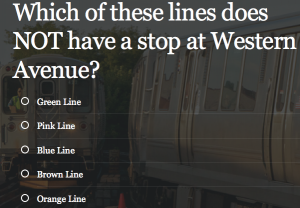
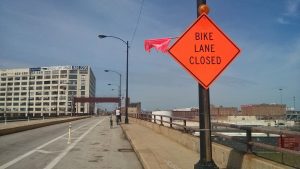
Be First to Comment